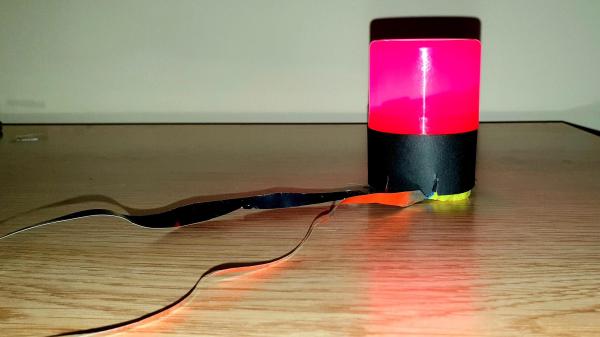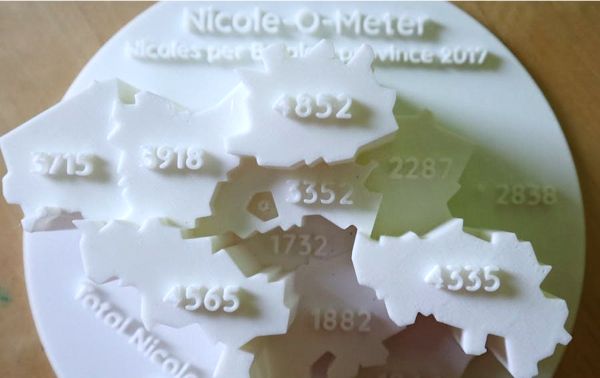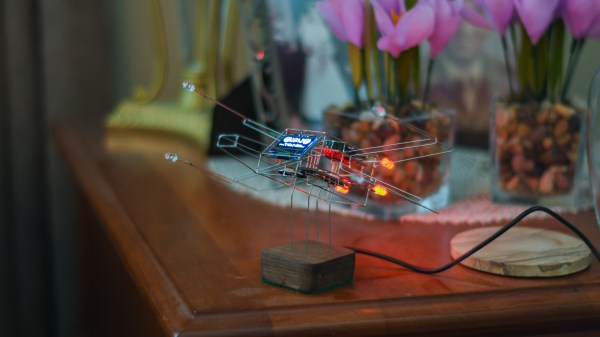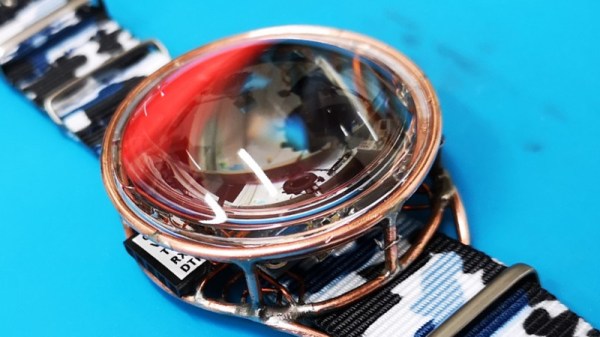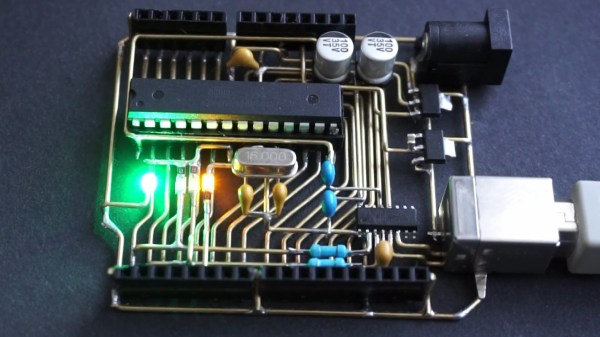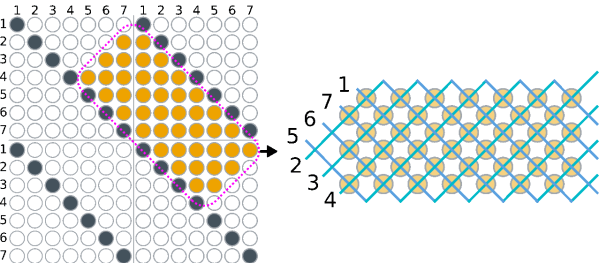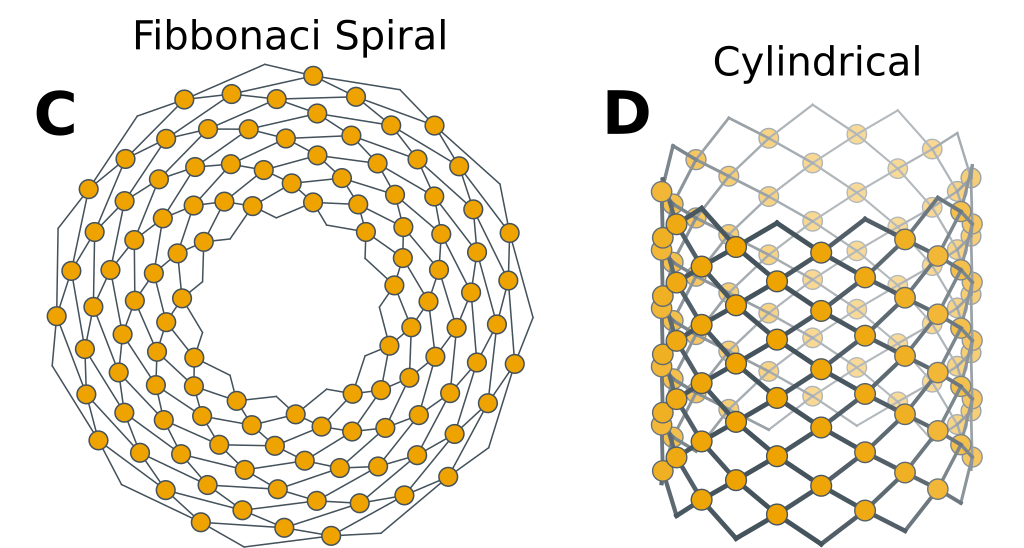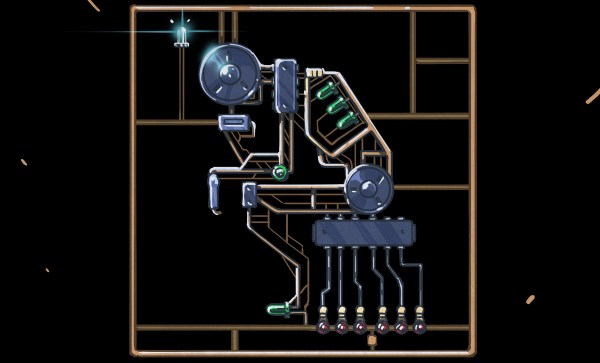Do you ever sit around thinking of ways to repurpose things in your house? Well [BevCanTech] found a way to recycle some of his empty beverage cans by turning them into homemade wire.

The premise is simple. He cut 2 mm thick strips of wire from the beverage can along its circumference, creating a thin, long “wire” spool. He sanded the ends of each strip to crimp pieces of his homemade wire together. He found he could get about four meters from a standard-sized beverage can, probably roughly 12 oz, as he unraveled the can. He then used crimp connectors to connect his homemade wires to the battery terminals and also to the end of a flashlight. He used a red cap from another can as a pseudo light diffuser and lampshade, creating a pretty cool, almost lava lamp-like glow.
Maybe the meat of this project won’t be as filling as your Thanksgiving meal, but hopefully, it can serve as a bit of inspiration for your next freeform circuit design. Though you’ll probably want to smooth those sharp edges along your homemade wire.

